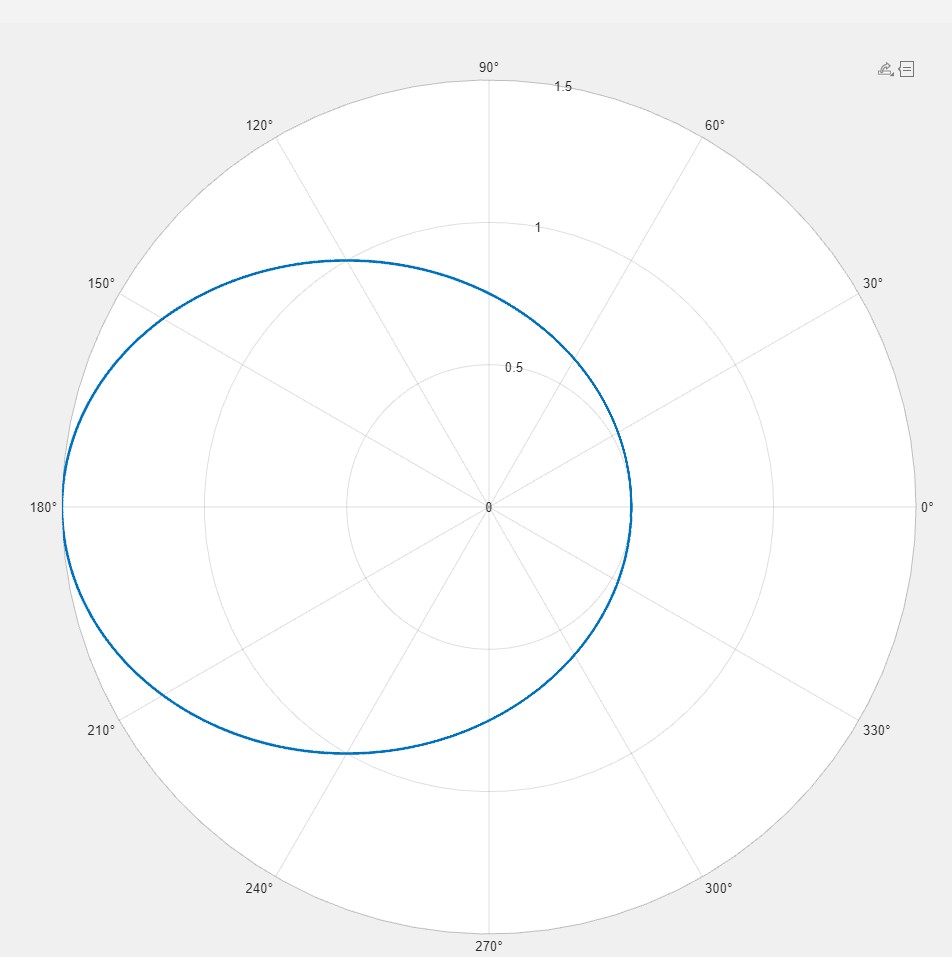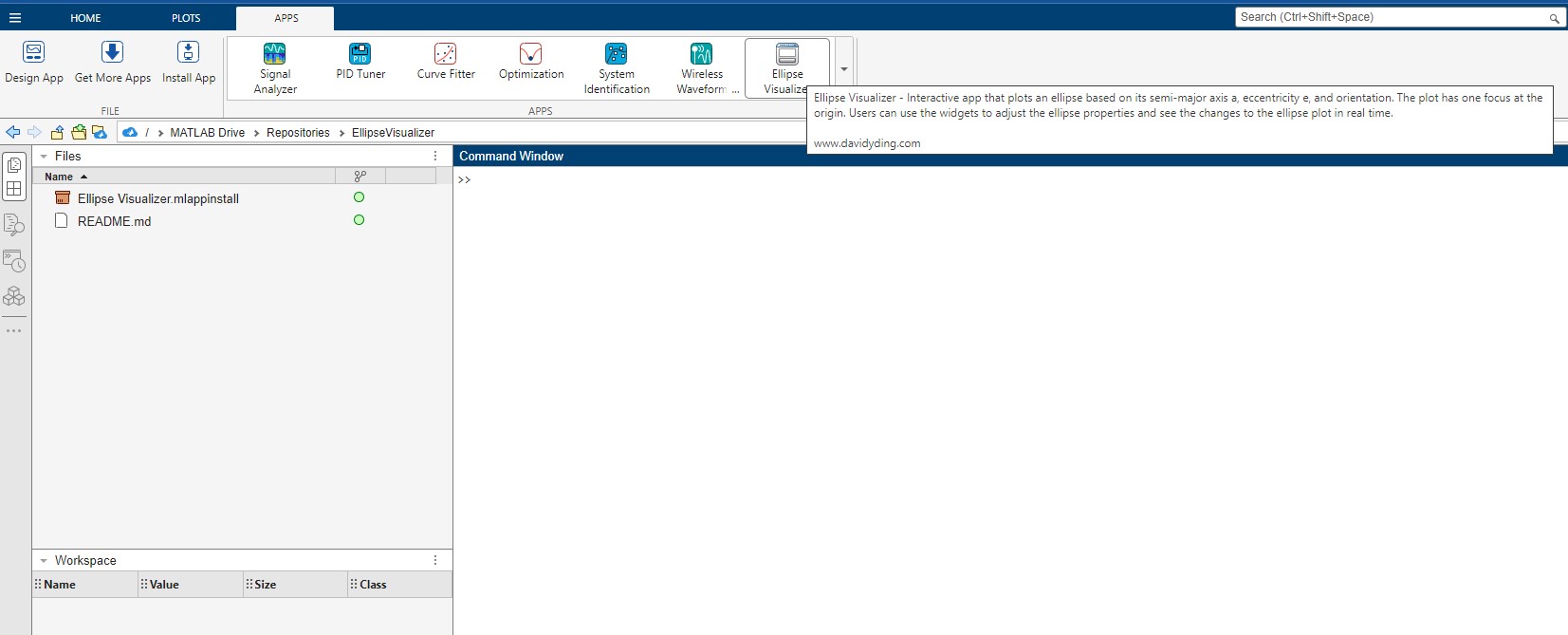



April 11, 2024


On April 8, 2024, I was fortunate enough to witness a spectacle that only Earthlings, out of possibly the entire universe, can enjoy: a total solar eclipse by our only natural satellite, the Moon. It was my second time seeing this cosmic wonder, and this time, it got me thinking: why are total eclipses so rare? Well, for one, not every planet in the universe has moons. For another, if a planet has moons, they must be in such a distance away from the host star that at least one of the moons can exactly cover the sun. Earth is lucky enough to have both conditions satisfied such that a total eclipse is possible. However, it is still a very rare phenomenon, why? Because of ellipses!
In 1609, German astronomer Johannes Kepler formulated his laws of planetary motion, the first of which stated that the orbit of a planet is an ellipse with the Sun at one of the two foci. This also applies to the Moon orbiting the earth. An ellipse is not a circle, and so the distance between Earth and the Sun and also that between the Earth and the Moon vary over time. Nevermind the fact that all three celestial bodies must line up during New Moon for an eclipse to be possible (the Moon's orbit has about five degree tilt with respective to the plane of the Solar System), they also must be in such a way that the Moon is sufficiently close to Earth when the alignment occurs. Here is a myth-buster: total solar eclipses do not happen because the sizes of the Moon and the Sun are proportional to their respective distances to the Earth. If that were true, then totality will just last an instant, since in that case the Moon will exactly cover the Sun. In reality, for a total solar eclipse to be an enjoyable experience, the moon is closer to Earth so that it completely covers the Sun and then some, so that it takes a few minutes for the Moon to uncover the Sun again. The fact that the Sun's corona radiates during totality gives the impression that the Moon just covers the Sun, when in fact, it is over-covering it. On the other hand, if the Moon is further away from the Earth, then we might not even get a total solar eclipse, but an annular eclipse instead.
An ellipse is a set of points associated with two focal points called the foci, whose total distance to the two foci are equal. In this blog, I am presenting an interactive app that allows readers to change three properties of an ellipse and witness the effects in real time. The three properties are:
The semi-major axis is the longest distance between the center of the ellipse and the edge. Eccentricity is the ratio of the linear eccentricity, namely the distance between the center and one focus, to the semi-major axis. Therefore, the value of eccentricity is between 0 and 1. When eccentricity = 0, the center overlaps with the foci and hence we have a circle. As eccentricity approaches 1, the ellipse appears to be "flatter". The orientation is simply whether \(F_1\) is on the right-hand side or the left-hand side. If we let \(F_1\) to be the origin, then a "left orientation" would be one where the focus is on the right-hand side, such that the ellipse is "left heavy" and vice versa. This is just a term I coined so that you can modify it in the app.
The polar equation of an ellipse with one focus at the origin is:
\begin{align} r(\theta) &= \frac{a(1 - e^2)}{1 \pm e \cos{\theta}} \end{align}
Where the sign in the denominator determines the orientation. For a derivation of the above equation, please check out the appendix section of this blog post at the end.
Note: due to security issues, I cannot directly embed the above MATLAB App onto the web page. Instead, please feel free to download the application onto a Windows machine. No MATLAB installation is required. You may directly download the EllipseVisualizerApp.zip if you have MATLAB R2024a Runtime installed, or download the EllipseVisualizerInstall.zip if you require MATLAB Runtime, as the installation will automatically install the runtime along with the application.
Alternatively, please use this link to open the app install file on MATLAB Online (free of charge). Once opened, click on the ".mlappinstall" file to install and see the Ellipse Visualizer on the "Apps" tab!

Below is a derivation of the polar equation of an ellipse with one focus at the origin: